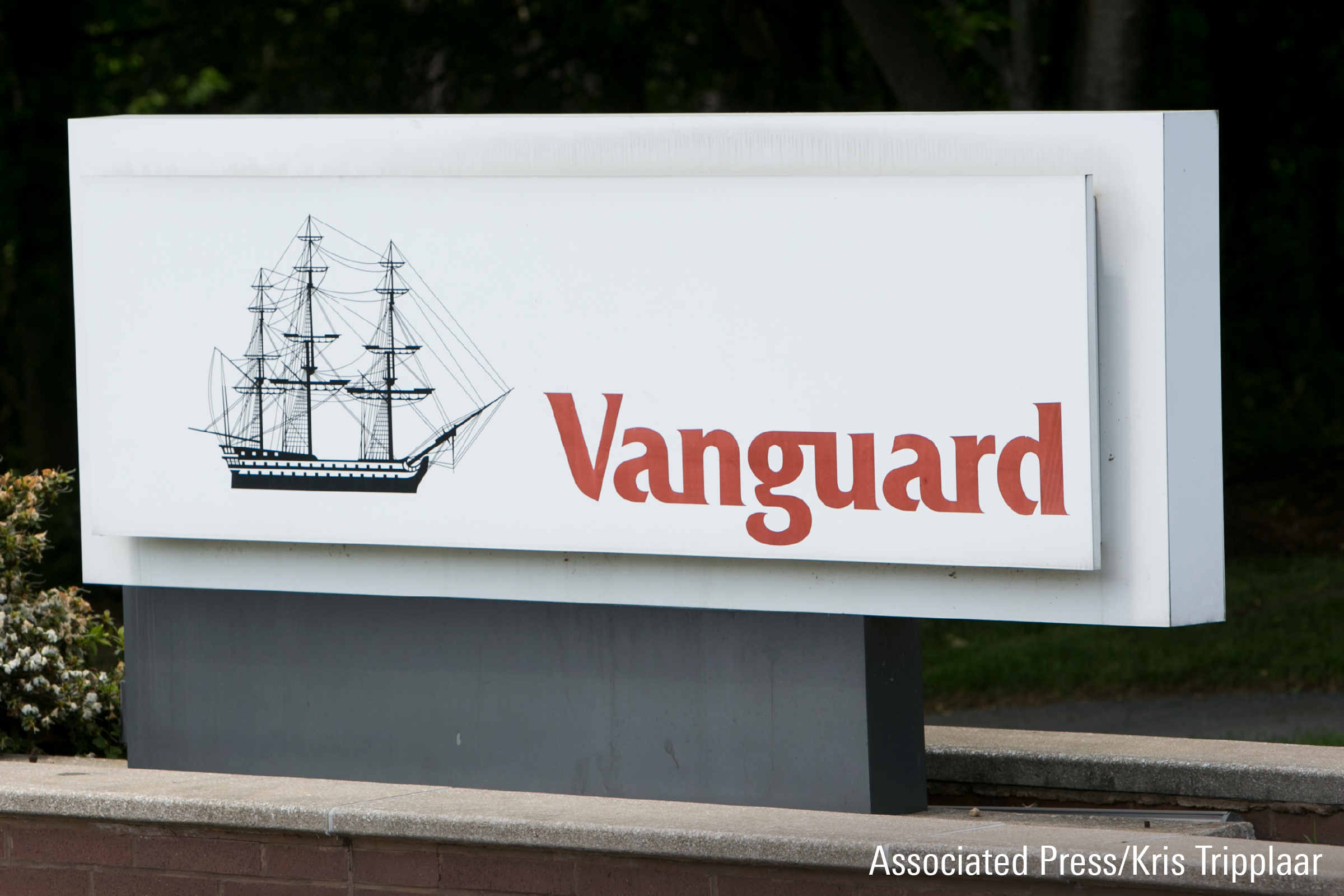Why Vanguard Balanced Index Fund Is Highly Rated
This fund is a low-cost way to get exposure to the U.S. stock and bond markets in one place.

Key Morningstar Metrics for Vanguard Balanced Index Fund
Morningstar Medalist Rating: Silver
Process Pillar: Above Average
People Pillar: Above Average
Parent Pillar: High
Vanguard Balanced Index’s VBIAX straightforward asset-allocation approach and efficient indexing come together to make this low-cost 60% U.S. stock/40% U.S. bond portfolio a solid holding.
Vanguard’s well-staffed equity and fixed-income indexing groups continuously enhance the sampling, indexing, and trading methods that assemble this fund. There have been some recent manager changes, but teams, not individuals, run this fund, and the breadth and length of their experience mitigate any concerns.
The 60% equity sleeve tracks the CRSP U.S. Total Market Index, which owns nearly every investable U.S. stock. The bond sleeve tracks the Bloomberg U.S. Aggregate Float Adjusted Bond Index, which holds most of the taxable, investment-grade U.S. fixed-income market. The bond sleeve’s all-investment-grade nature can result in longer duration (a measure of interest-rate risk) compared with peers, especially when active managers are wary of rising interest rates. As of Sept. 30, 2023, the portfolio’s duration of 6.3 years was longer than that of its average moderate-allocation peer. As a result, the portfolio tends to be more sensitive to changes in interest rates. The second quarter of 2022, for instance, was the fund’s worst quarter in the decade ended in September 2023; its institutional shares lost 12.1%. At the time, the portfolio’s duration was 6.7 years, 1.4 years longer than the average moderate-allocation peer.
Interest rates rose in response to soaring inflation, punishing bonds and this fund.
However, duration can be a solid hedge during equity selloffs as investors flee to the perceived safety of high-quality bonds with a low risk of default, like U.S. Treasuries. That usually provides a ballast during periods of extreme economic uncertainty. For example, the institutional shares lost 22.8% during 2020′s pandemic-driven drawdown (from Feb. 20 to March 23)—not pleasant for fundholders but better than more than two thirds of its category peers. The fund’s performance in down and up markets displays its defensive qualities. In the 10 years ended September 2023, the fund captured 95% of the Morningstar Moderate Target Risk Index’s downside (less than the peer group average of 102%) and 110% of its upside (more than the peer group average of 104%).
The fund’s efficient approach and rock-bottom fees should serve investors well over the long run.
Vanguard Balanced Index: Performance Highlights
Over the trailing 10-year period ended September 2023, the strategy’s institutional shares gained 7.3% annualized, which ranked in the best-performing fifth of its moderate allocation Morningstar Category peer group and was roughly 2.1 percentage points ahead of the Morningstar Moderate Target Risk Index. On a risk-adjusted basis (as measured by the Sharpe ratio), the strategy beat or matched 90% of category rivals and beat the category index.
The author or authors do not own shares in any securities mentioned in this article. Find out about Morningstar’s editorial policies.

/s3.amazonaws.com/arc-authors/morningstar/60eb04cc-fba5-480d-80e3-818d2df3ac46.jpg)
/cloudfront-us-east-1.images.arcpublishing.com/morningstar/ZHTKX3QAYCHPXKWRA6SEOUGCK4.png)
/cloudfront-us-east-1.images.arcpublishing.com/morningstar/OSPGGQHXJVCGLBHR5CUUQWH3NQ.png)
/cloudfront-us-east-1.images.arcpublishing.com/morningstar/AGAGH4NDF5FCRKXQANXPYS6TBQ.png)
:quality(80)/s3.amazonaws.com/arc-authors/morningstar/60eb04cc-fba5-480d-80e3-818d2df3ac46.jpg)